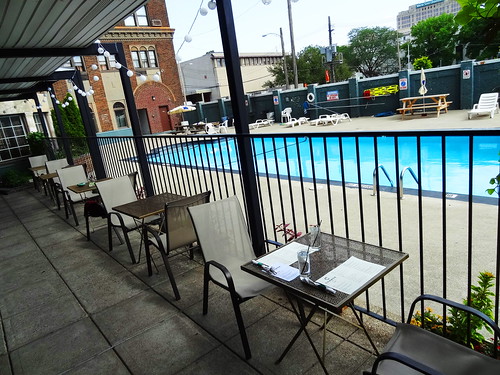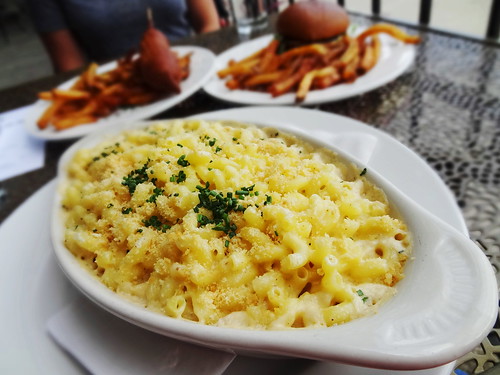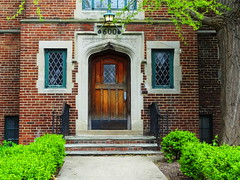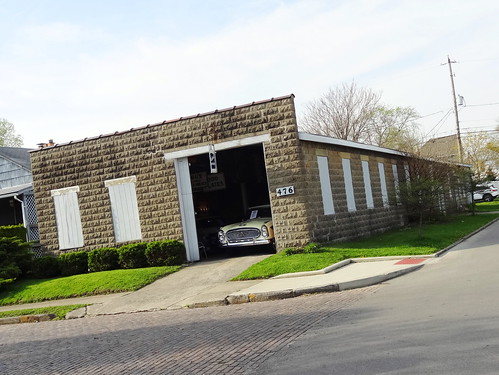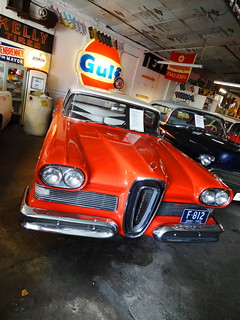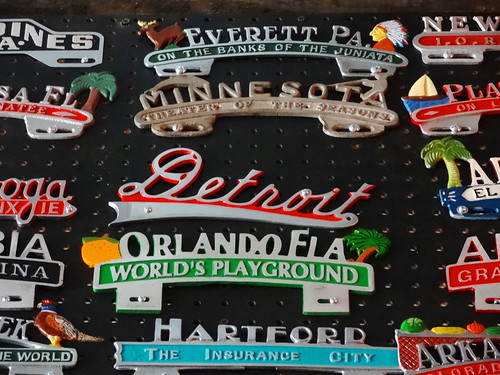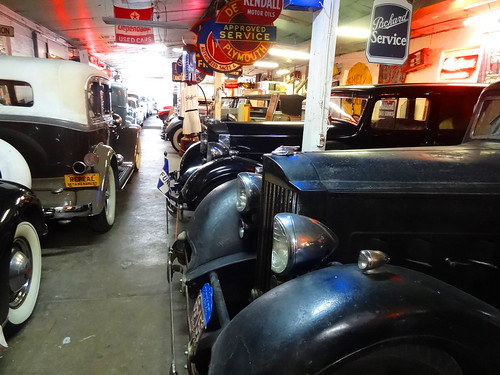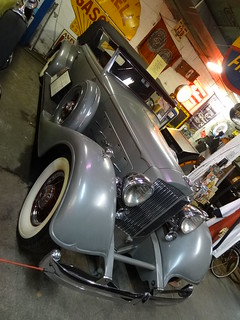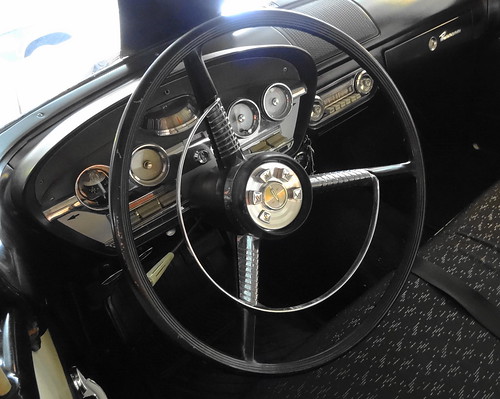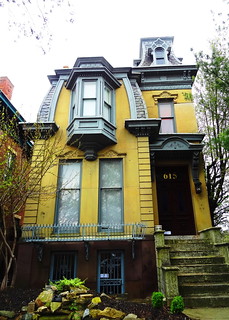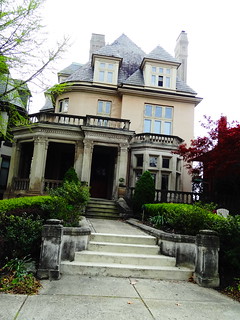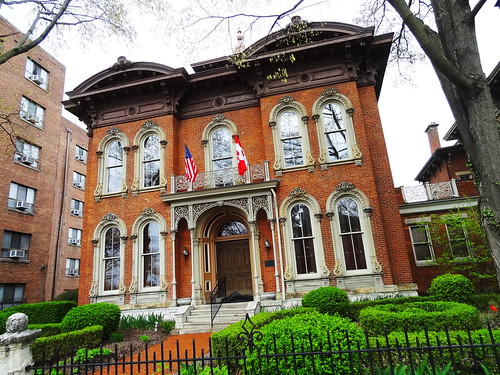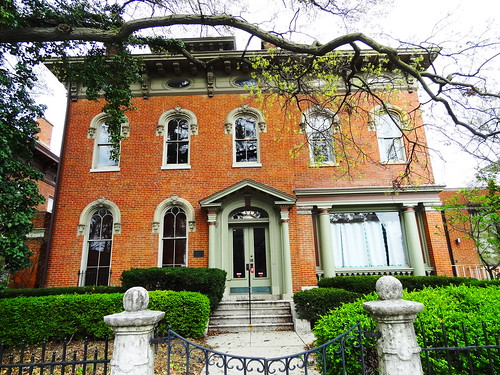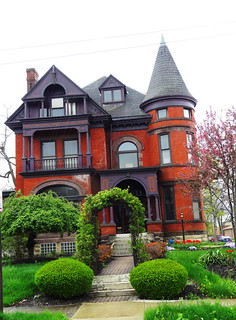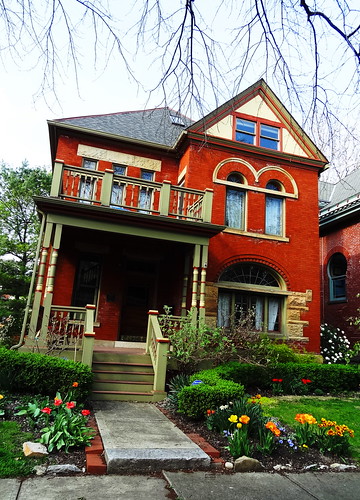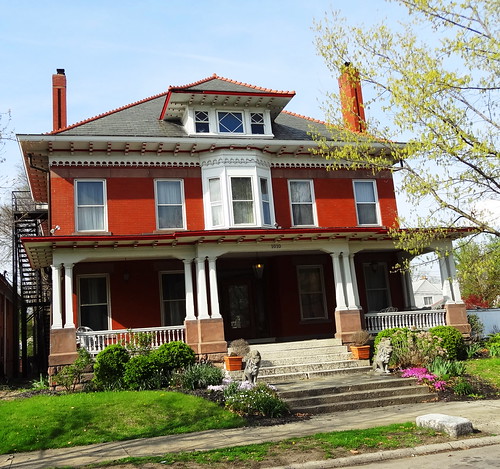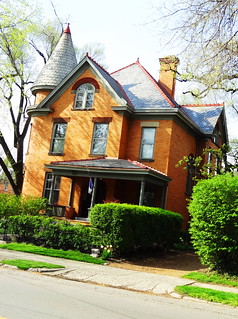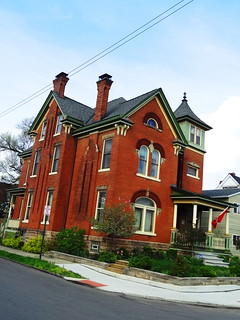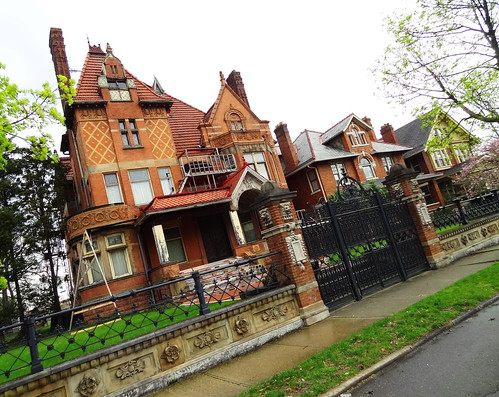Growing up in the 1970’s I was surrounded by orange, purple, magenta and lime green. Clothing was covered in paisley or flower patterns, cereal came with a prize inside, I had the entire collection of Freakies. In other words it was a brightly colored, funky world to navigate. Today the trend leads much more towards white, grey and beige; it’s all a little plain for me. That’s probably why I love the “Weird Homes Tour” so much; unconventional and fun you never know what you’re going to find inside. Let’s get started.
We start at a Mid-Century apartment complex in Royal Oak, The Boom Boom Museum as it’s called is a large second floor apartment decorated top to bottom, side to side, not a bare spot in the place. Kris and I step inside, awesome comes at us from every direction; we seem to naturally gravitate towards the tiki-ish bamboo bar. It’s a great room filled with south sea, palm-like, nautical things with a Mid-Century flare; I’d call it great. We follow the flow of people into a more serene sitting area with more great furnishings and original art. The family room is anchored by one orange wall, a record collection and lots of eye-catching accessories, it’s not possible to take it all in. The bedroom is a mix of mod and modern-day, the painting depicting Christine Beatty brings a laugh to everyone in the room. Down a short hall a smaller room holds another bar next to a door wall that leads to a terrace–very nice. The crowd in the kitchen has evaporated giving us a chance to look around; the chandelier is super-cute, the mushroom canisters remind me of my childhood. On the way back to the car we pause to check out the pool, it looks very inviting. It’s nice to see a place where the owners know what they have and appreciate it for what it is rather than gut the complex and modernize it.
Still in Royal Oak our next stop is a private home in a regular neighborhood. The unassuming beige bungalow shows no hint of what resides behind the front door. From the moment we step inside it’s apparent the people who live here love art, color and design. Wall colors span the rainbow from bright green, turquoise, pink to sherbet and lemon. My favorite room is the kitchen, look at the wallpaper, all of those flowers in green, blue and purple. I’m a sucker for a Tulip table and chairs; the light fixture and centerpiece rock. Each room takes on the personality of the family who lives here; original art, baby photos, personal collections. Old, new, high end, garage sale finds, it all works together.
Our next destination is 12087 Klinger in Hamtramck, otherwise known as Hamtramck Disneyland. We’ve taken you here before, it’s been a while so lets take another look. This is the folk art installation created by artist Dmytro Szylak atop the two garages on the property he owned. Szylak moved here from Ukraine in the 1950’s, after his retirement from GM in the 1980’s his creativity took shape into this whimsical, colorful collection of handmade and found objects, posters, photographs, kinetic structures that once lit up and played music, much to the delight of everyone who set eyes on it. A year after Szylak’s death Hatch Art took ownership of the properties and continues the legacy of Hamtramck Disneyland. Today many of the pieces have been restored, repainted and rehung. Clowns, soldiers, horses, a miniature soccer game, windmill and the old familiar airplane hang out in the backyard, wind-driven pieces look anxious to get back to work; the colors are more vibrant, it all looks a little fresher since the last time we were here. The garage is littered with paint cans, saws and hand-painted signs. Standing in the alley looking at the installation as a whole I’m reminded of the “Hidden Pictures” I used to love in the Highlight’s Magazine I used to get as a kid; how many cats do you see? Can you find the dragon, Mickey Mouse or the windmill?
The next weird home is on Farnsworth in Detroit, completely tucked away on a quiet, tree-lined block you’d never guess what’s inside. Through the front door a normal sitting room is off to the right, artwork brightens up an ordinary wall, entering the kitchen is like walking into technicolor; have you ever seen a refrigerator painted orange, yellow and blue? The hardwood floor is laid out at an angle. My focus starts to narrow in on singular objects, the antique stove, leaded glass cabinet doors, old coffee tins, stained glass fixture, vintage pieces everywhere. We meander from room to room, the first bathroom has a spectacular herringbone pattern floor, the warm shades of the ceramic tile blend beautifully with the surrounding tones. The shower in the second bath has an angular ceiling and lovely glass baubles. In the main part of the home a large window overlooks other spaces, a couple of visitors are below checking out the pinball machine; again antiques are used to accent every available space. Then there’s the workshop… I see cool stuff everywhere. A juke box, a pulley system, an entire woodshop, industrial items and a bunch of eclectic things all surrounded by knotty pine walls.
If you’ve ever driven down Wilkins St near Eastern Market you may have wondered to yourself, “what are all of those metal sculptures doing there?” The answer is, this is the home of Detroit Gallery of Metals, a cultural institution established to celebrate, preserve and explore the role of metal arts in Detroit and around the world. Wandering around the fenced-in-yard we sip on wine and snack on cheese and crackers provided by our host. The pieces exhibited are fascinating to look at, I especially like the red windmill-like pieces. Our host announces the beginning of the tour, a dozen or so of us gather round and listen as he shares some Detroit history, then explains the fundamentals of his vision for the institution. We are led inside passing antique metal gates, projects, and finished pieces; this is one of the most unique places I’ve ever seen. Check out the chair, the spindles are human figures, metal statues silently greet us, stained glass windows are lit by the sun piercing the outside windows. Upstairs we are immersed in a world of metal; over 500 metal artifacts and works of art ranging from Berlin, Germany to Benin, Nigeria surround us. Ornate shelves hold a myriad of metal parts, frames, railings, statues, gates, blueprints, photographs surround us. A museum-like display sits perfectly at home in this metal wonderland, questions are asked and answered, photos taken. Until now I had no idea what this place was all about, so glad to have the opportunity to see and learn.
The last home on our list is the Detroit Artist Test Lab on Mack. On the outside it appears to be a standard place of business, inside the space has been turned into a reception area for today’s tour. The lower floor is divided into work spaces for an artist, screen printing, a pod cast area and a bartender school. Upstairs is the owners private residence. The second floor is a combination rental photography studio and living space. Is that Mayor Mc Cheese over there? Quirky furniture shares it’s attention with hanging objects, a tiki bar, personal collections, family photos, large light fixtures and vintage pieces. The location of the sitting area is perfect, all that natural light and a view too!
Our sole focus now is food; I hope there’s not a line when we get to Chili Mustard Onions… We park around the corner from the quaint red-brick building, I open the door and spot empty tables–whew! We are seated immediately, handed menus and asked for our drink order. We quickly decide what to have, place our order and can now relax in the nicely decorated dining room. CMO as it’s often called is a completely vegan/vegetarian restaurant, that’s right, gotta have that coney dog, craving a Big Mac but don’t eat meat? This is the place for you. The restaurant has been such a hit since opening just over a year ago that it’s hard to get a table, even at off-times. I look around at people enjoying their Beetball sub, Big Mock, Chicken Parm sandwich and gyro, fries seem to accompany every dish. Our coney dogs arrive, you wouldn’t know they’re meatless to look at them. We dig right in, alternating between bites of the coney and the waffle fries smothered with vegan cheese, bacon bits, sour cream and green onion, there’s a lot of food here! We are not vegan but enjoy all types of food, everything here was very good with generous portions and friendly service.


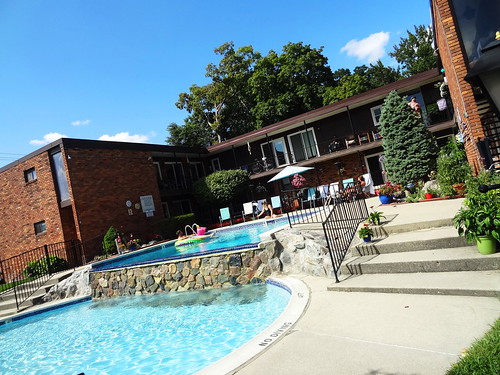

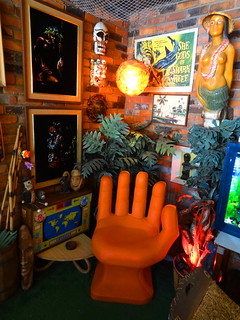


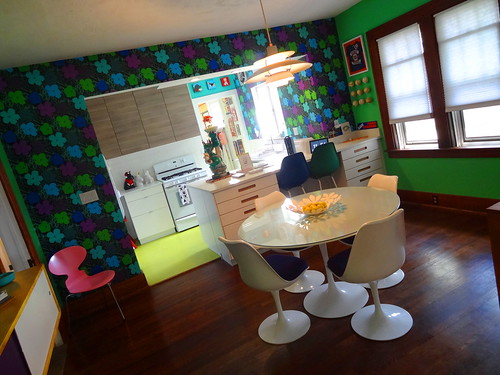
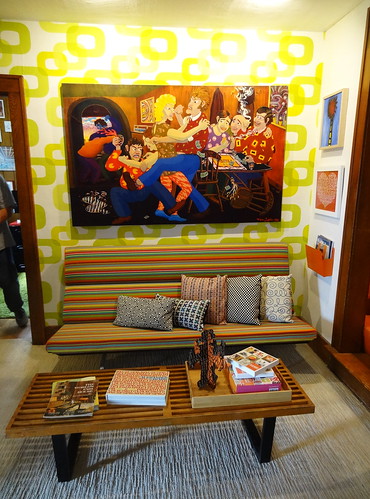
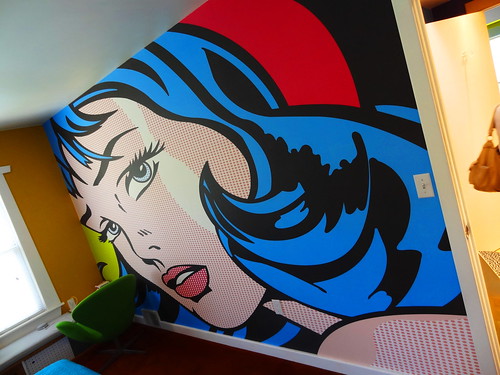


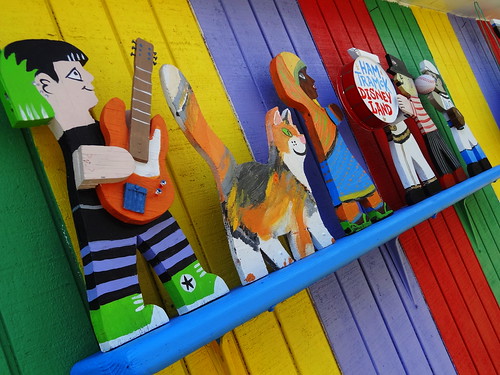



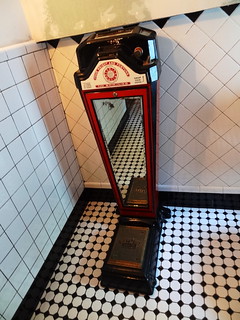
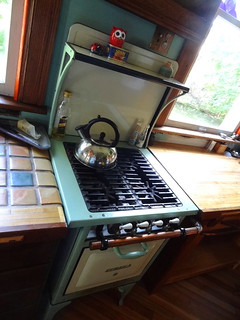


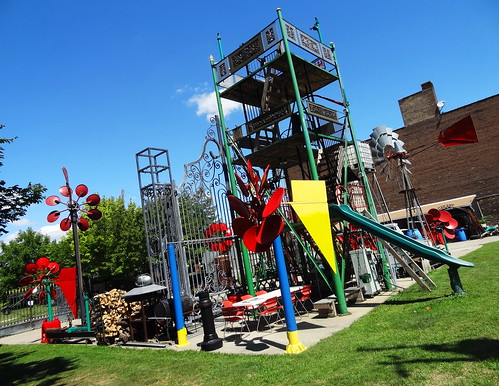


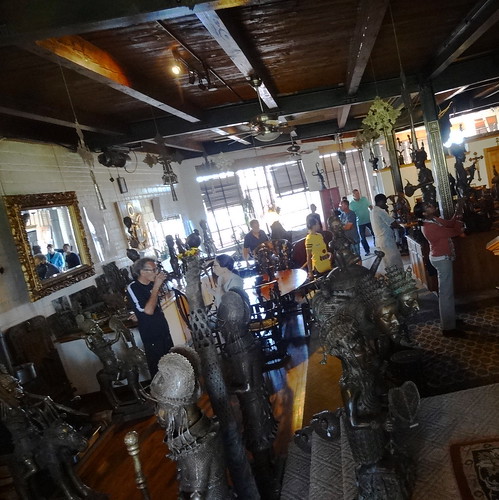
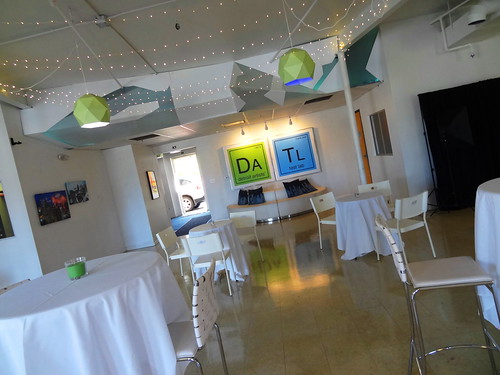




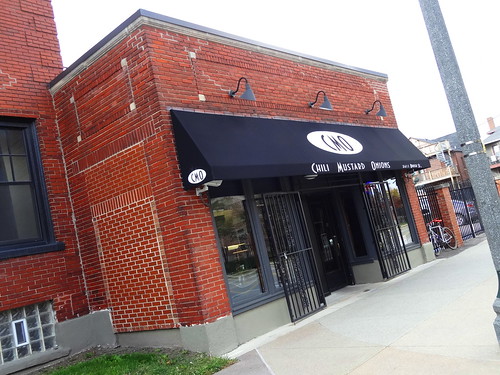
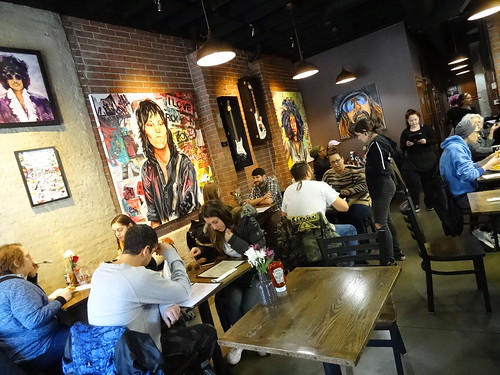
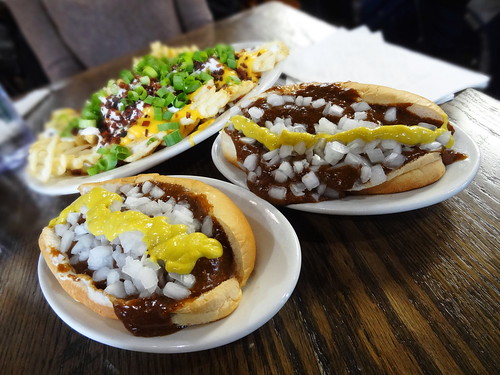
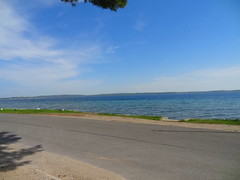

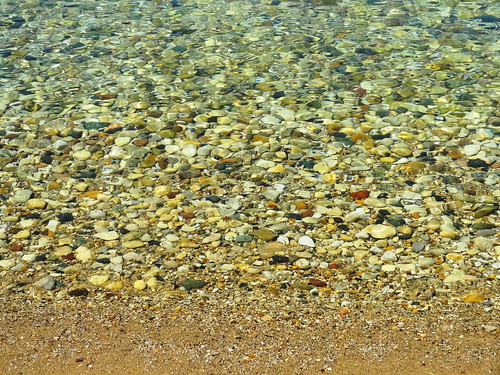


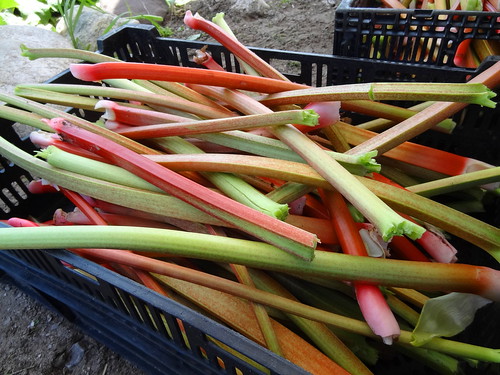

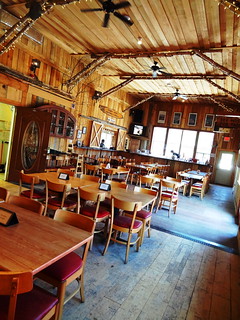



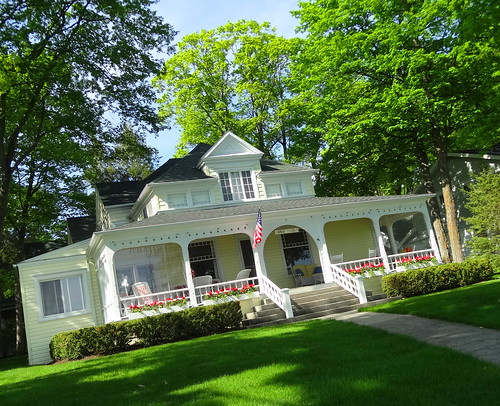

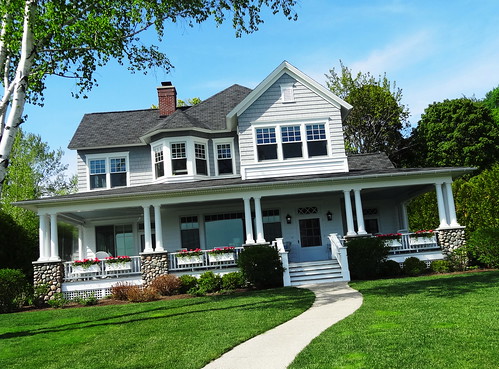

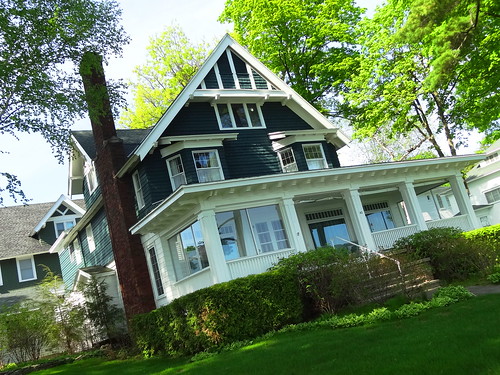


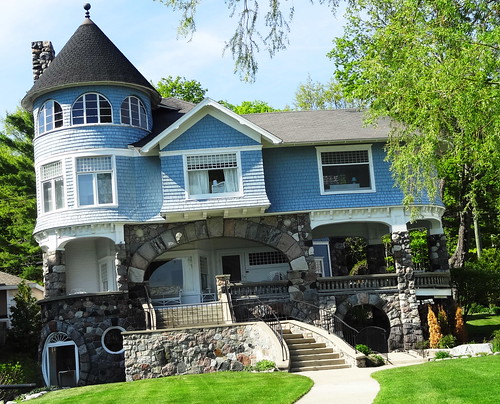

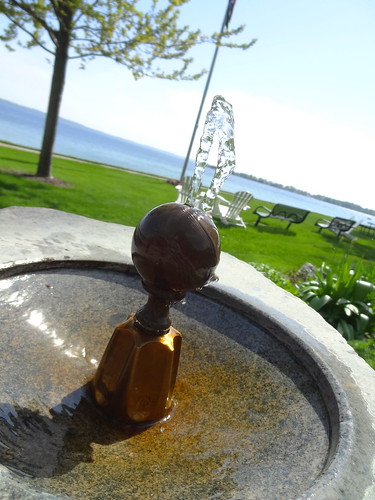
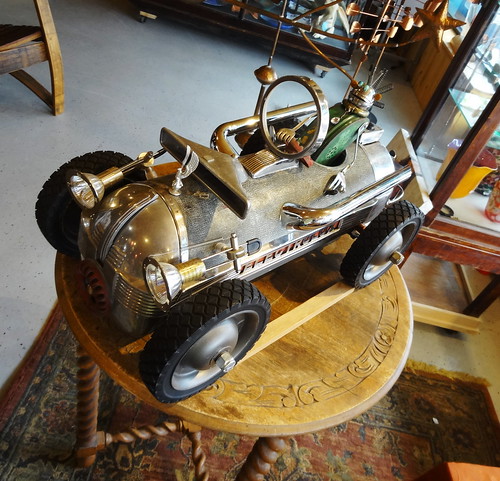
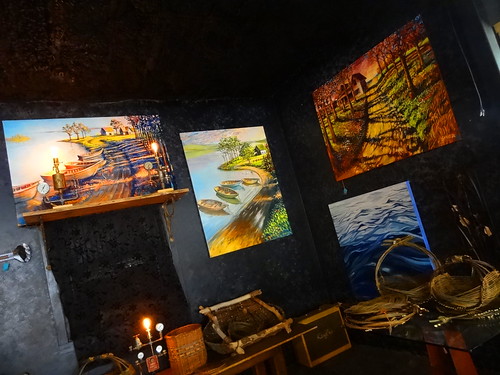


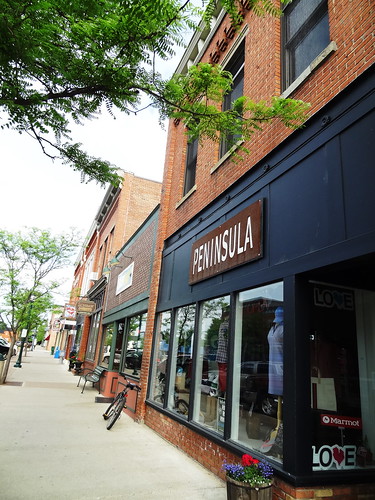
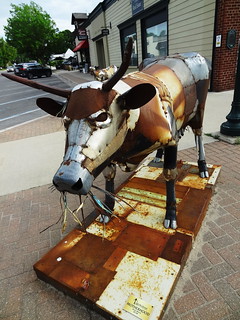
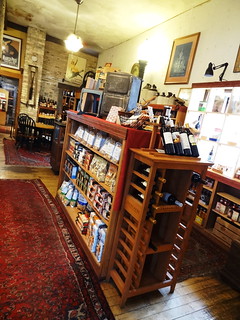
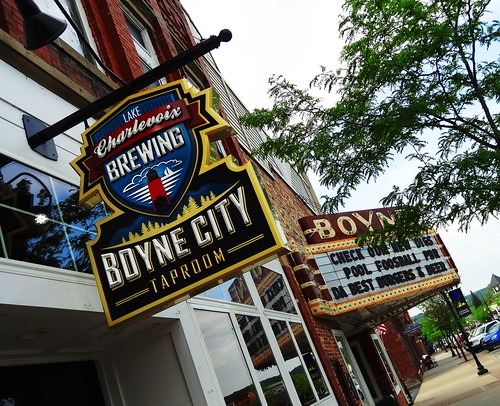
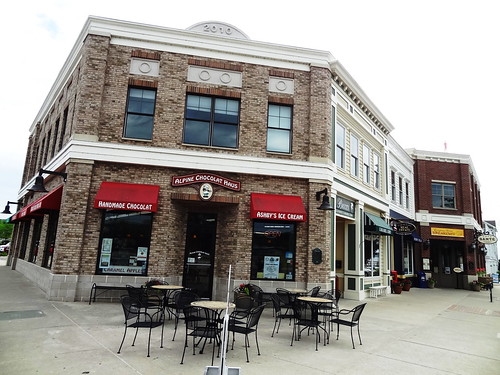



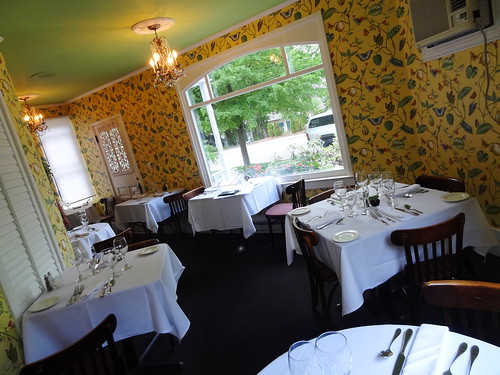
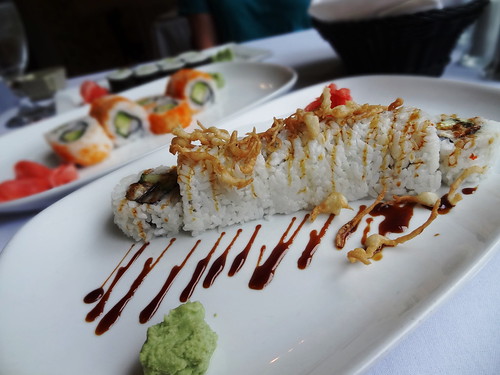
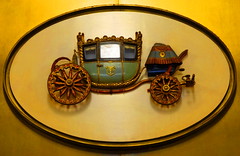

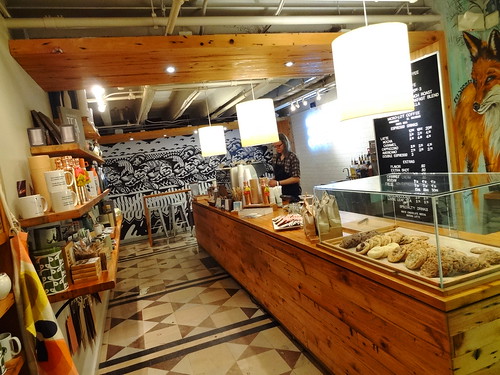
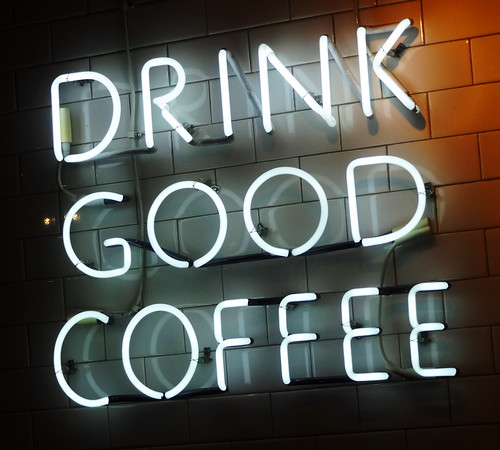

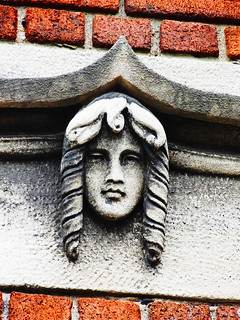

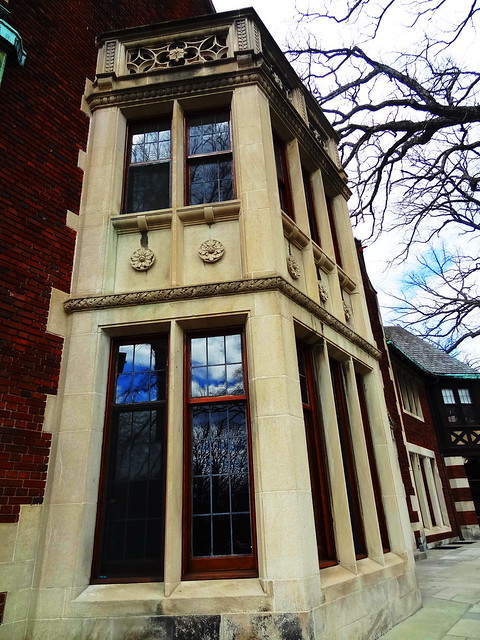
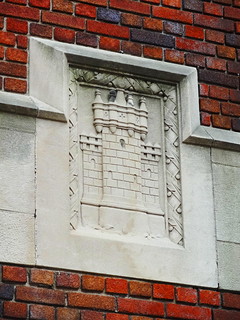
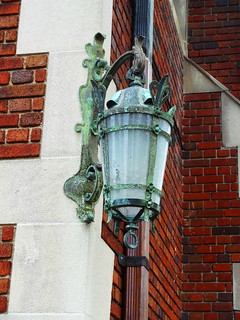

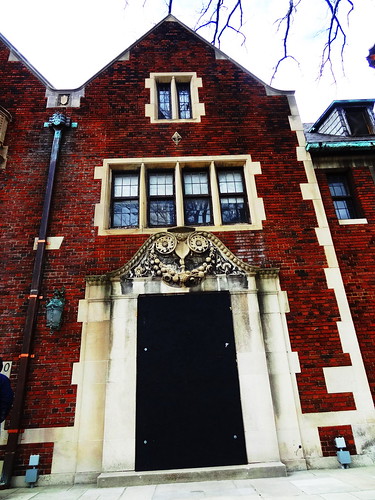



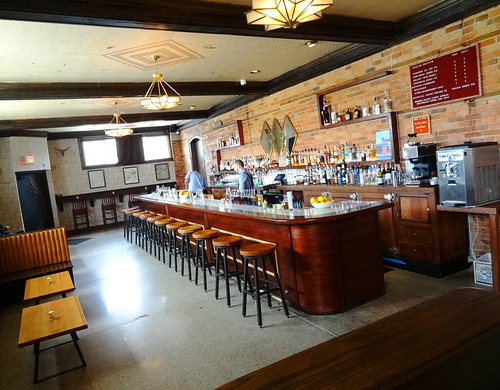
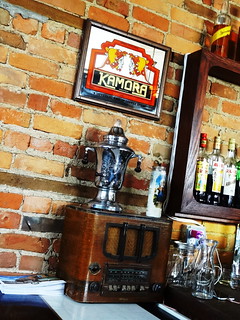
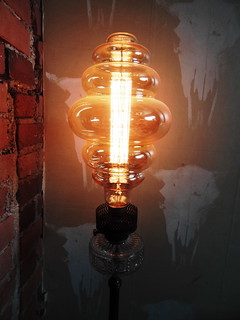

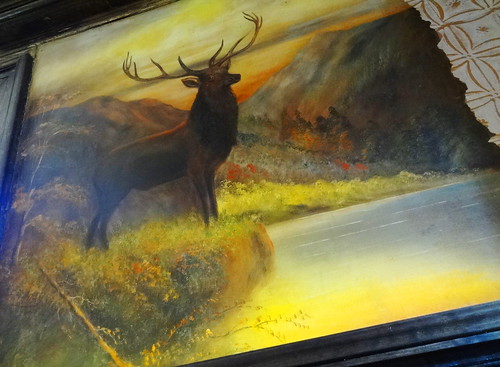
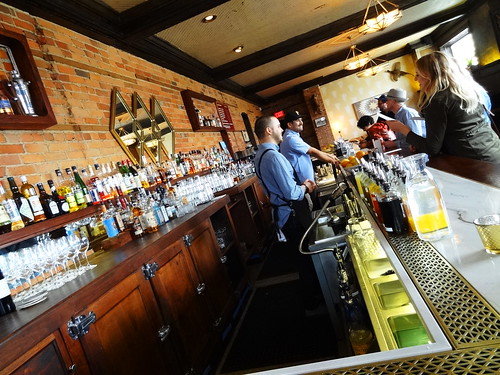

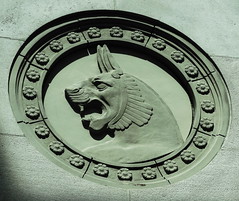

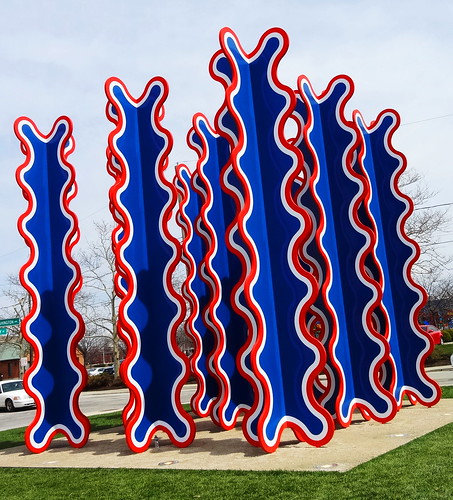
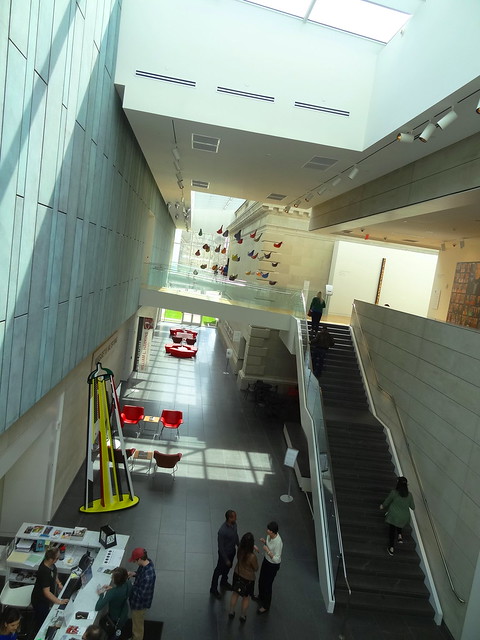
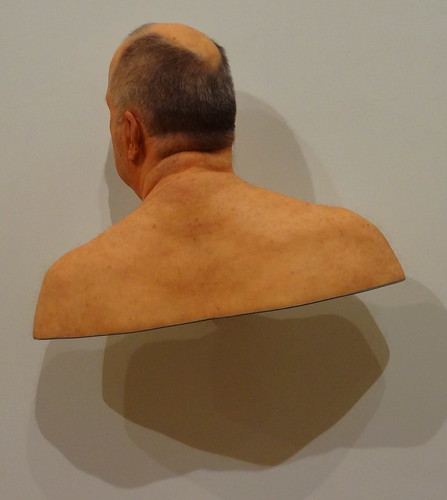
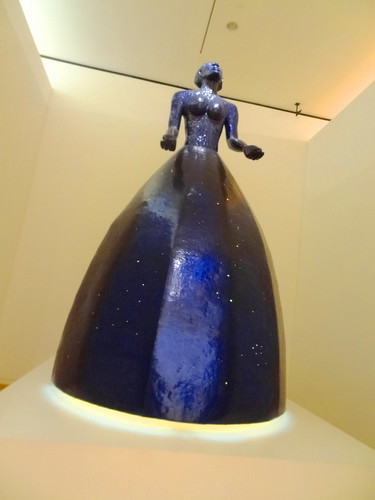
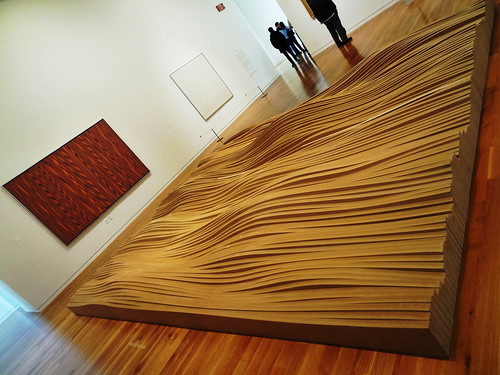
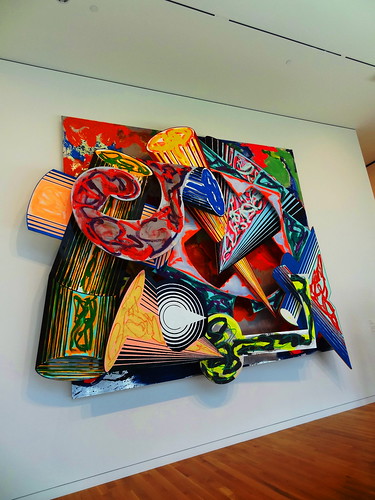
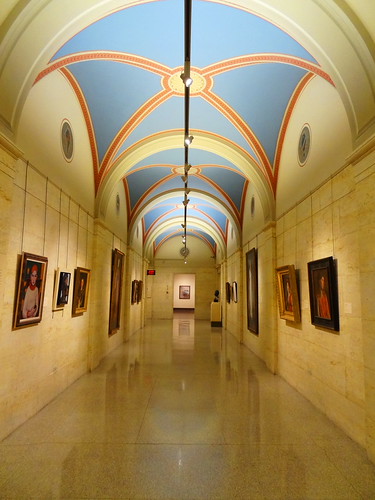

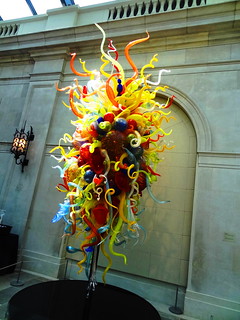

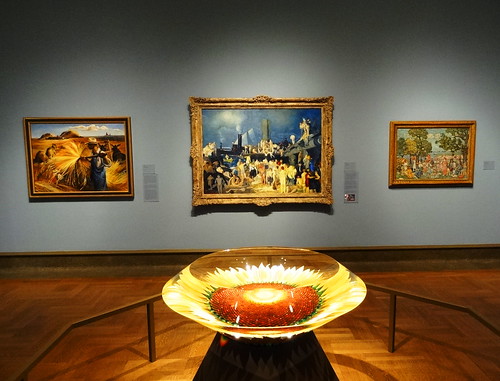
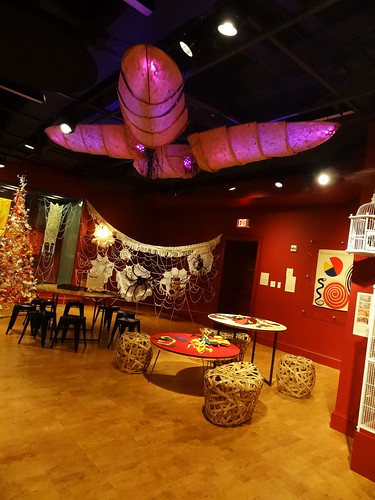




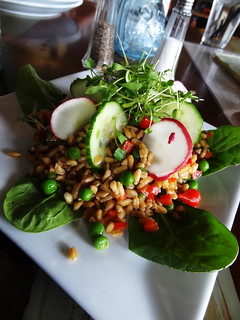
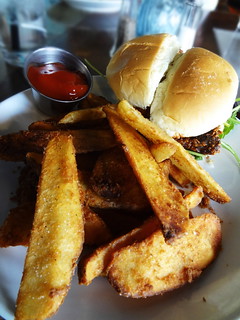
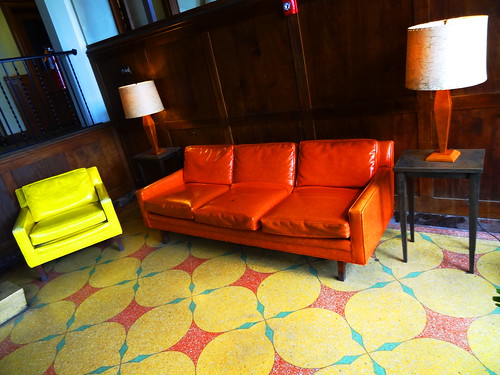
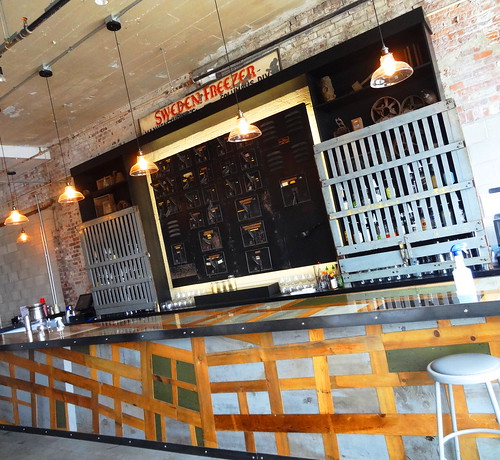
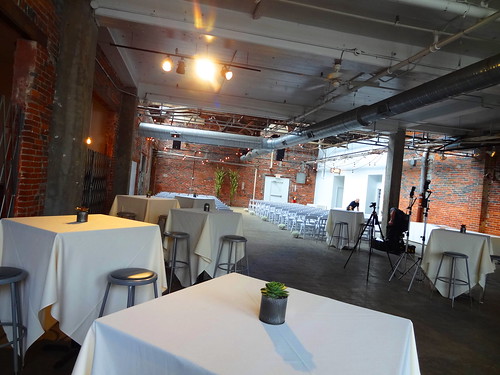
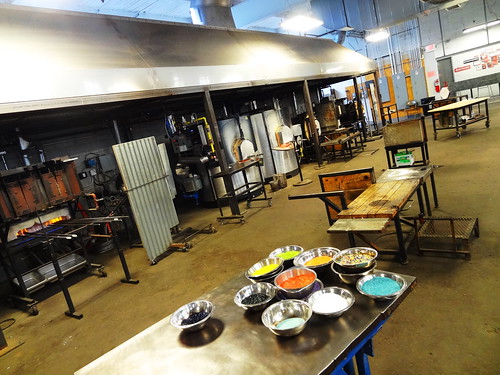
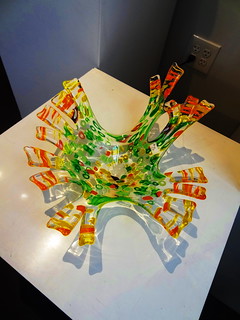

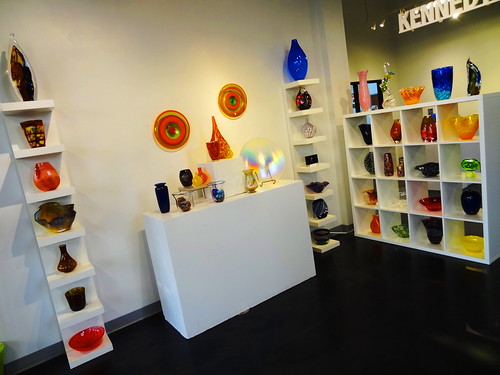

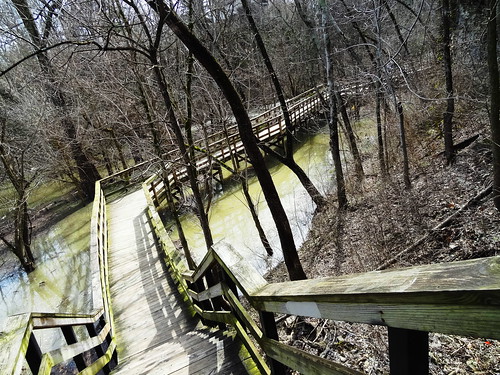
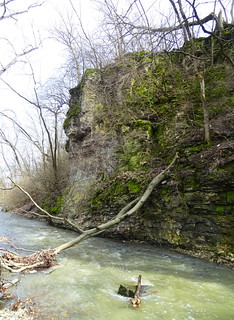

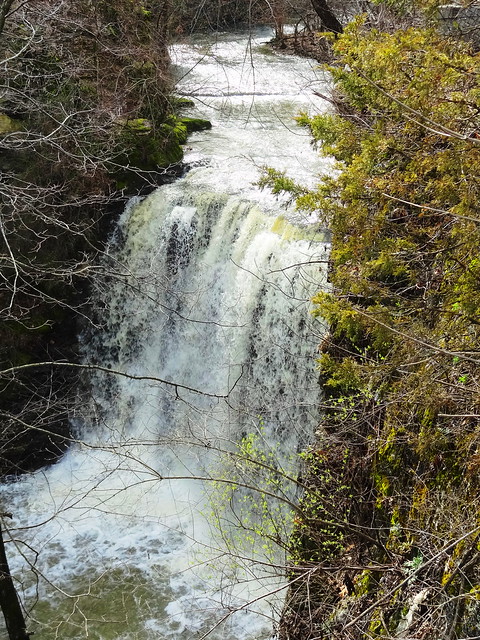


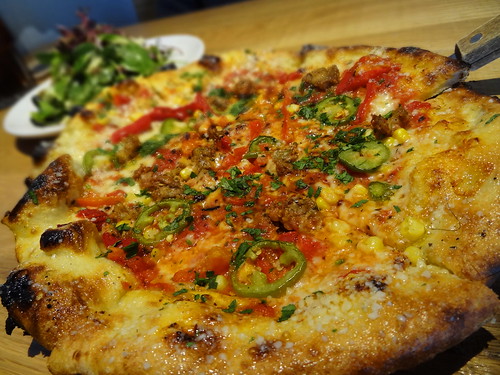


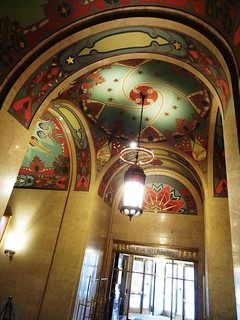



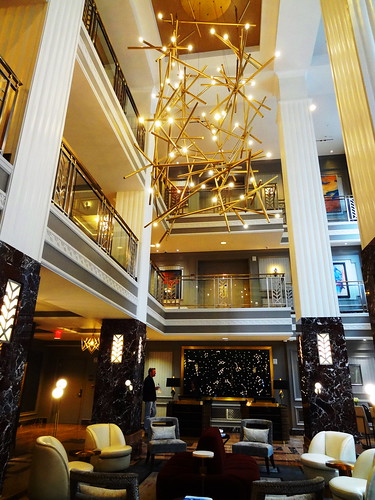
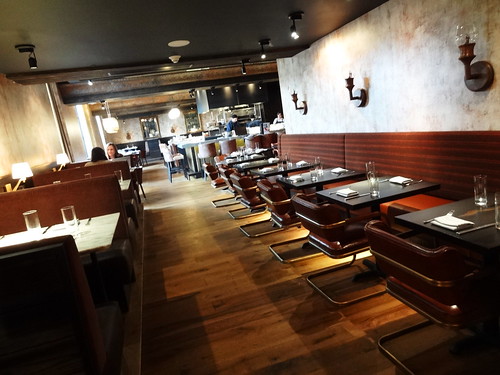



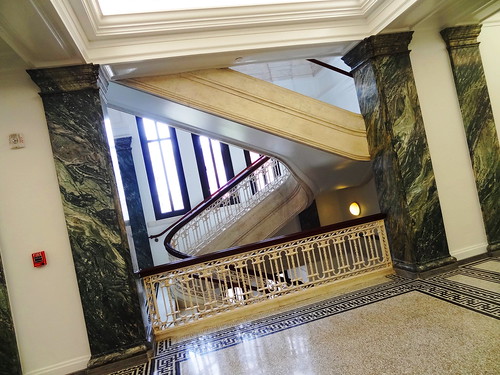
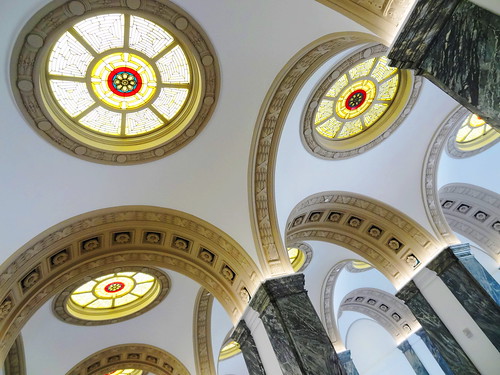

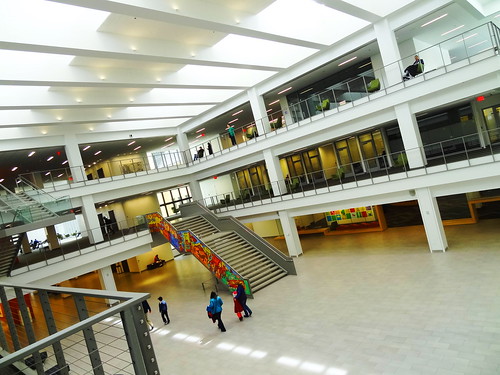
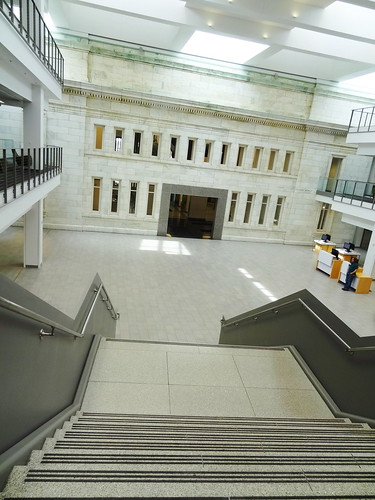
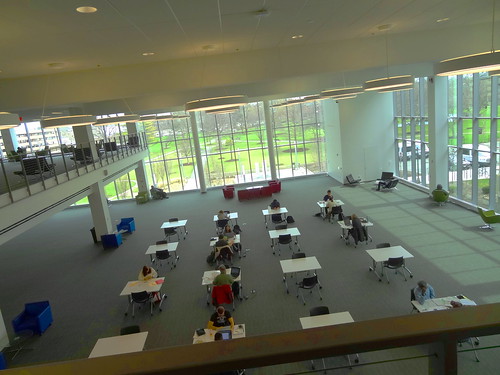





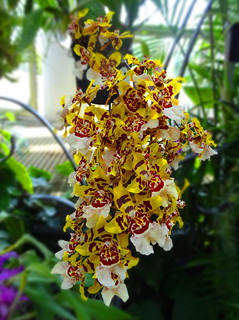
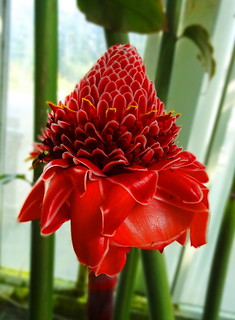

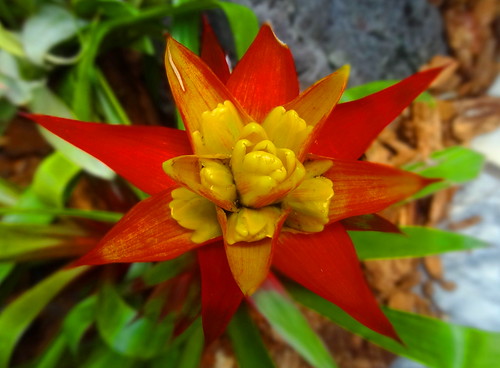


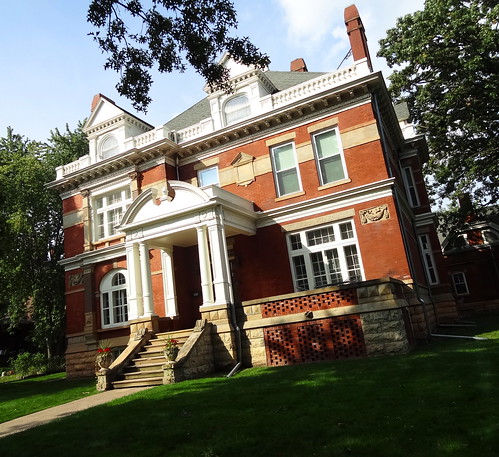

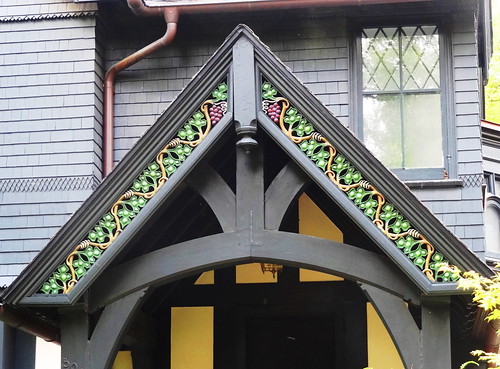
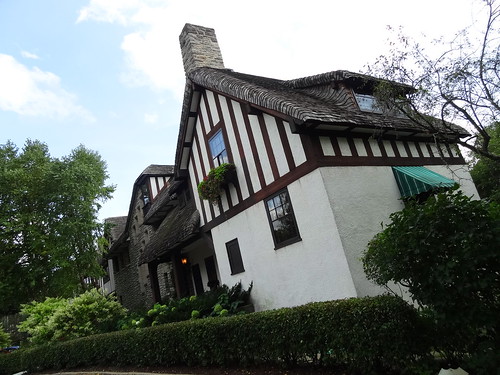
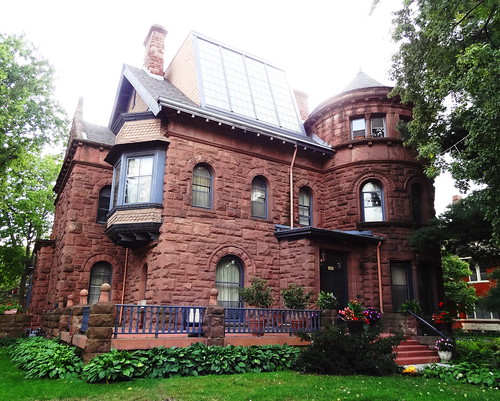
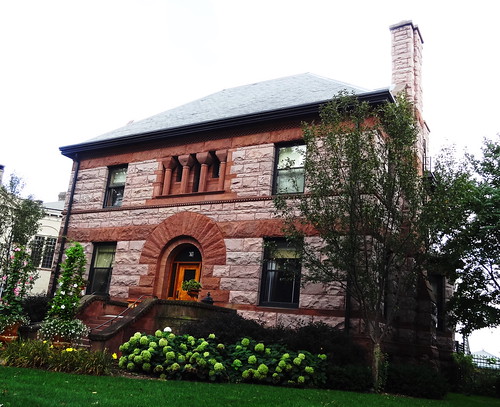
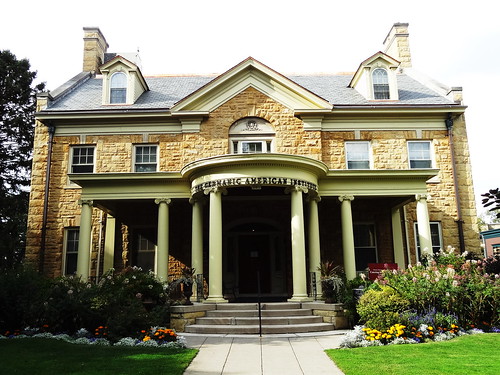



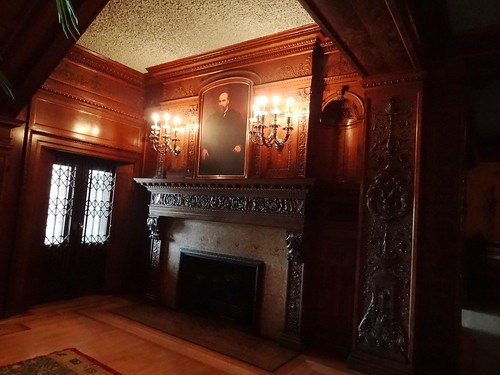
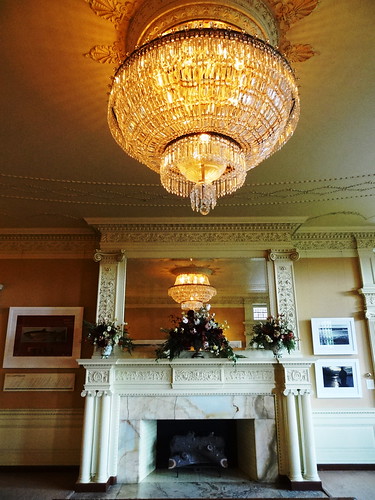
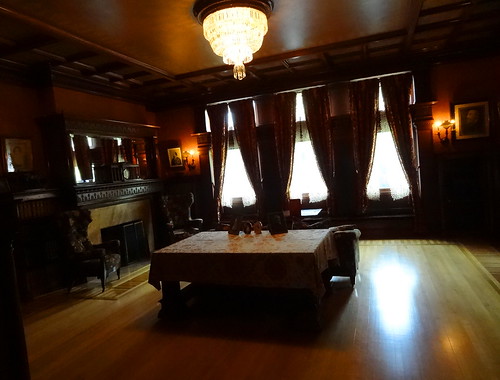

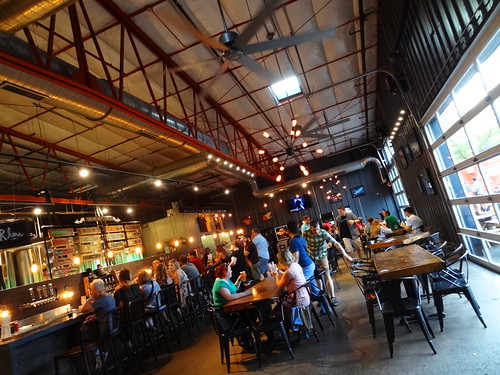

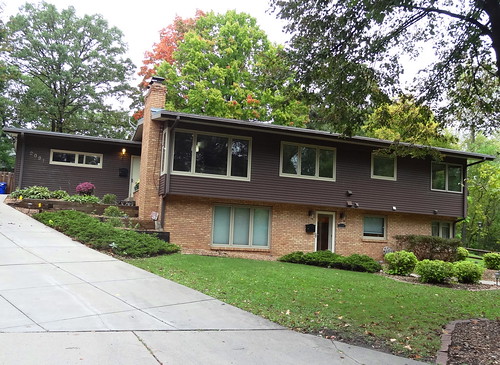
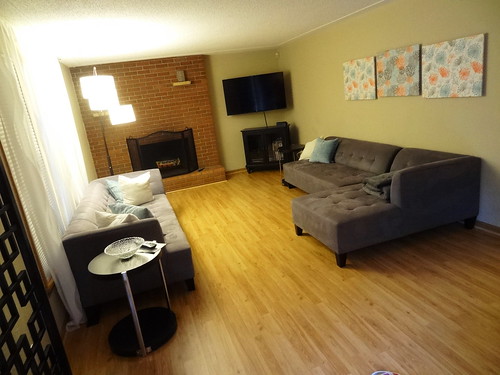

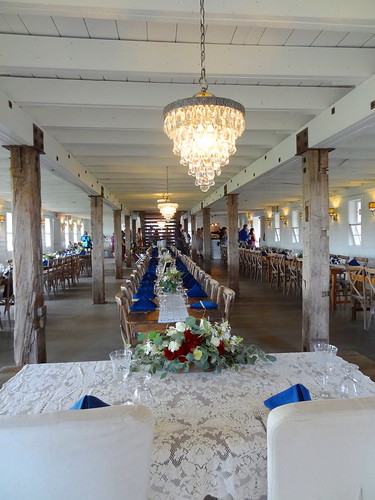













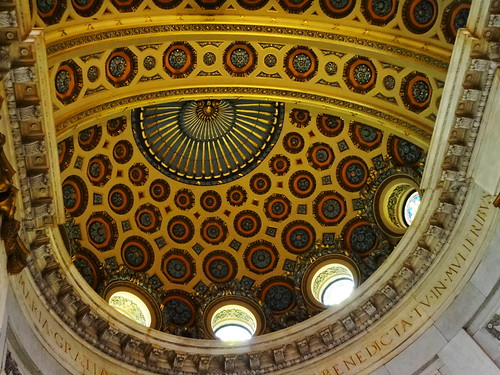


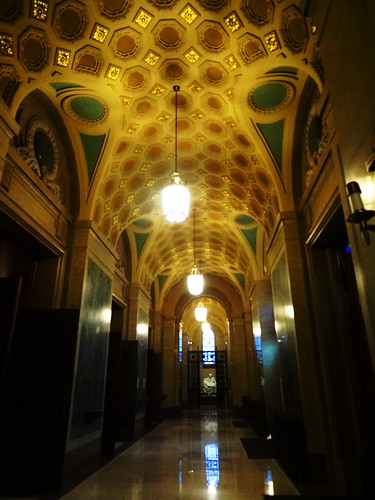

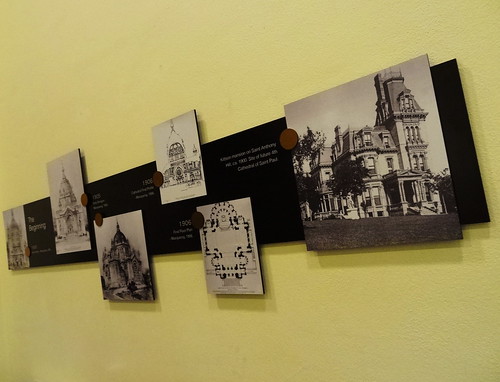
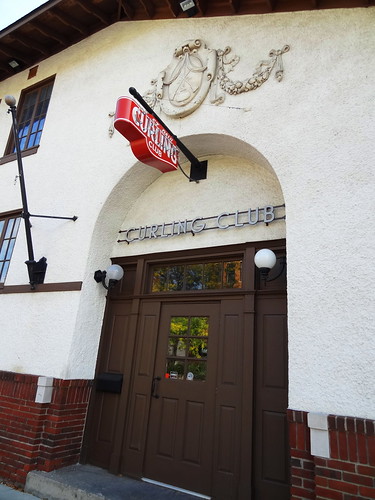
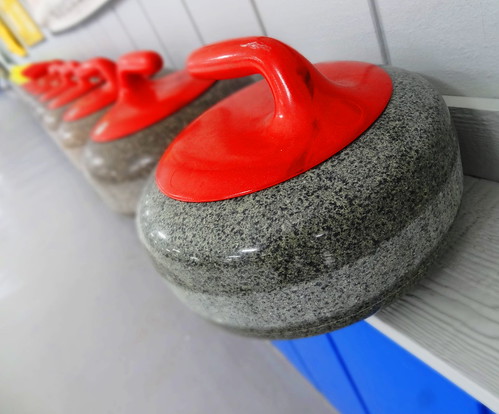





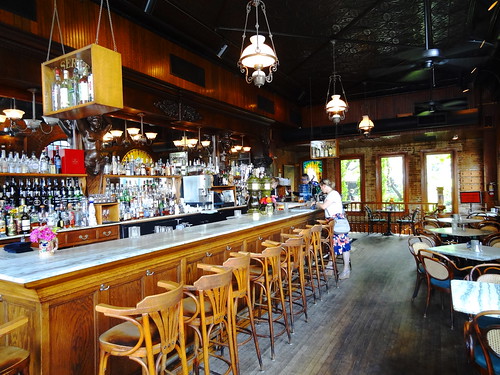




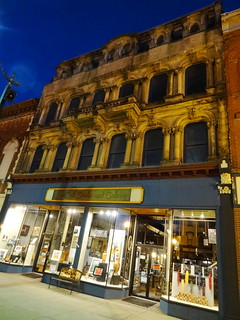
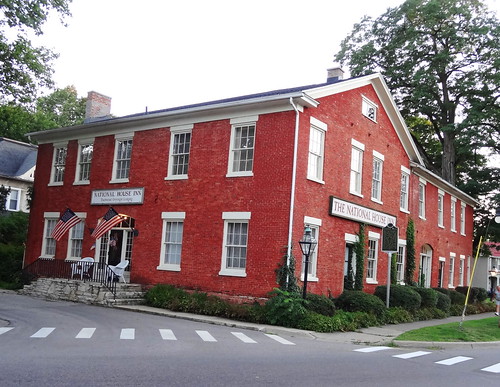

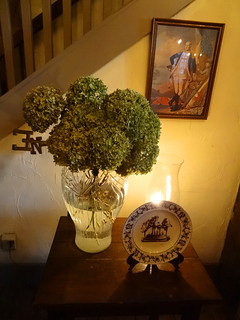
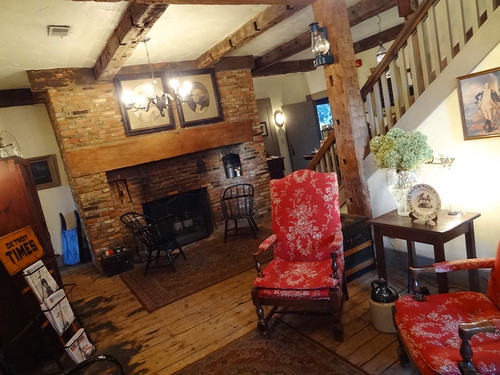

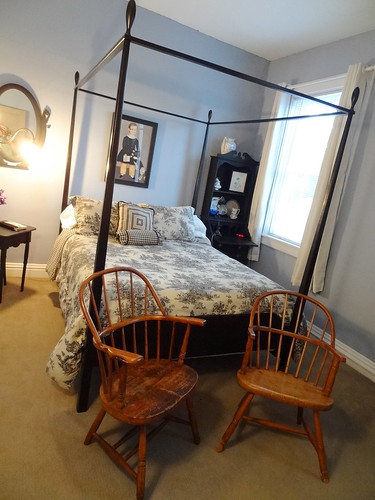
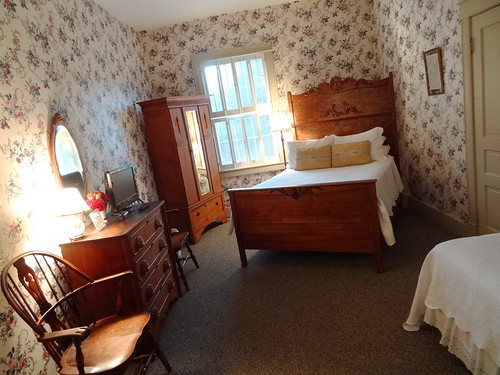
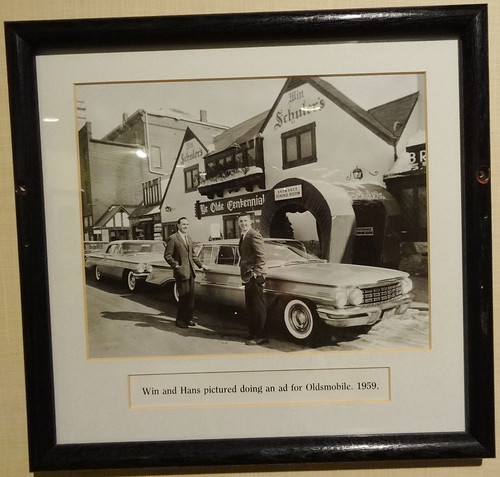

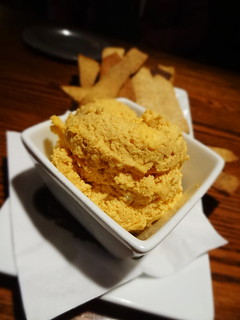

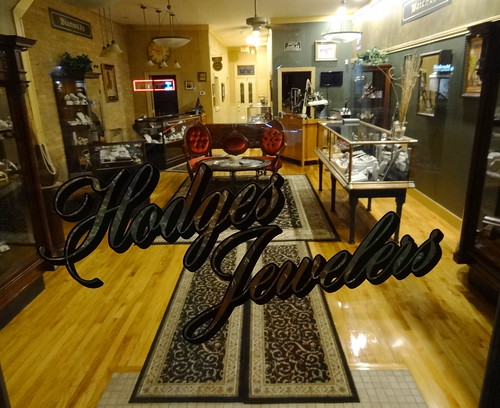
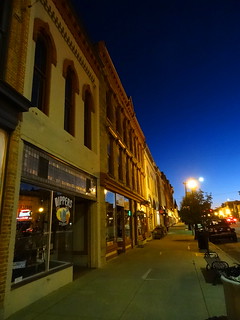
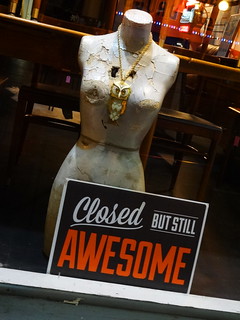
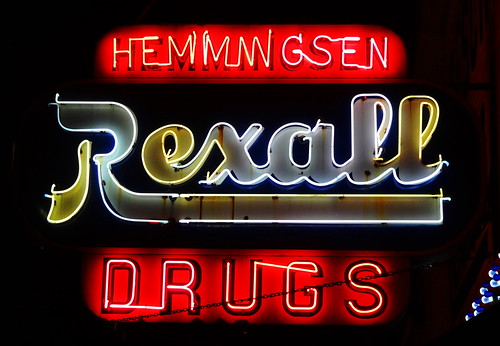
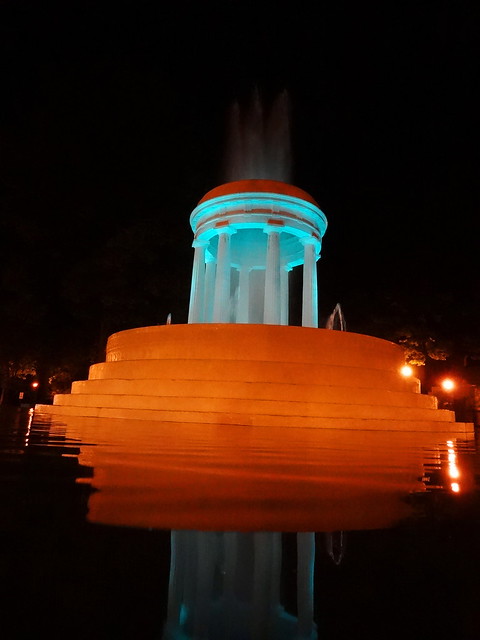
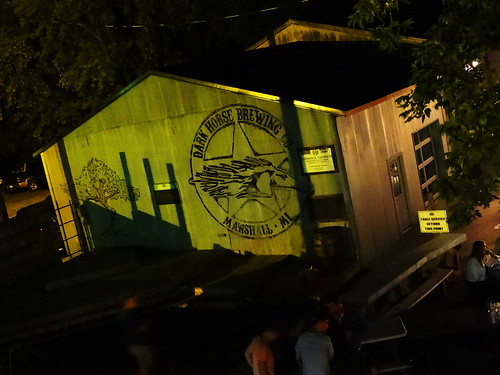
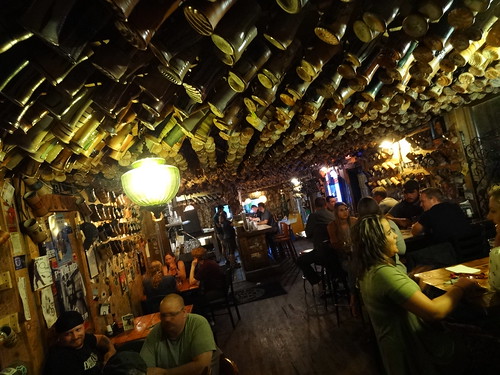
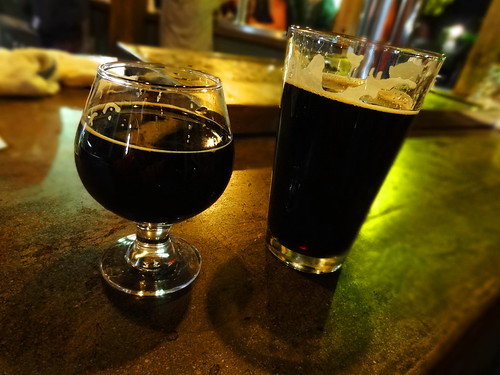


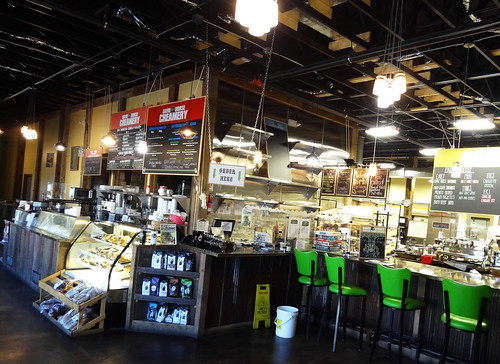
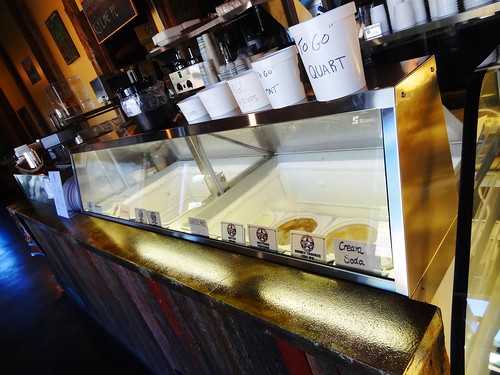
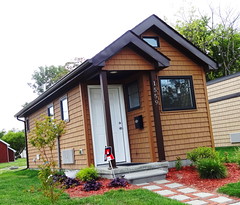
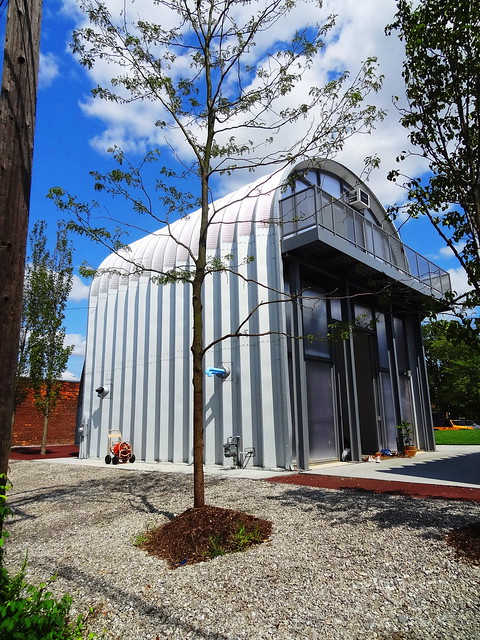
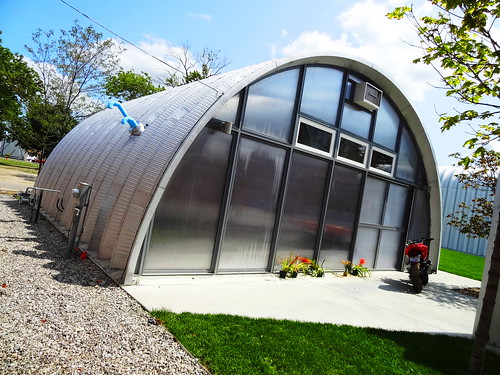
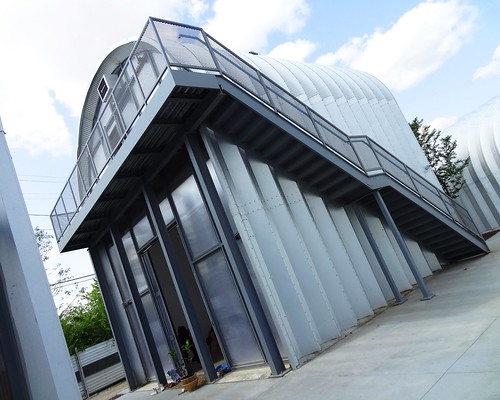
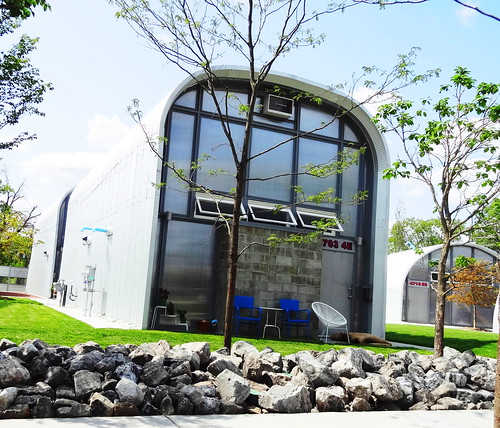

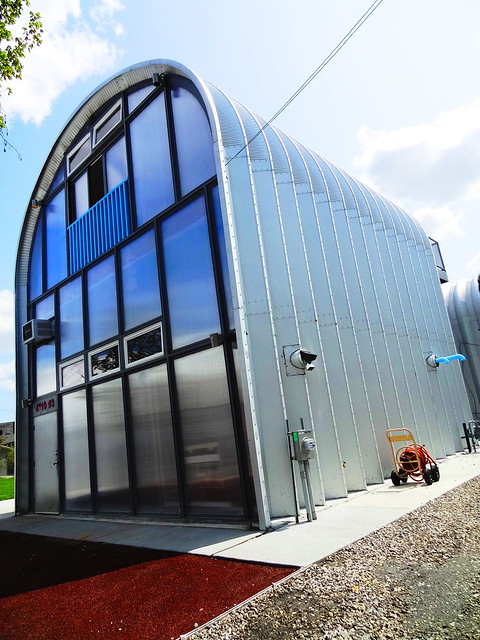
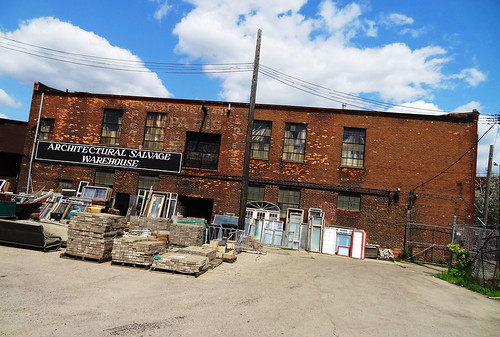
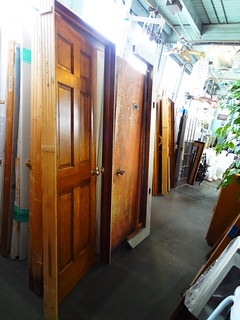
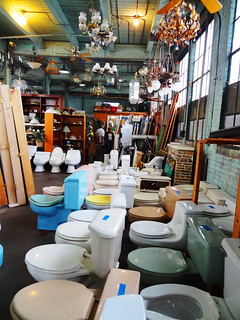
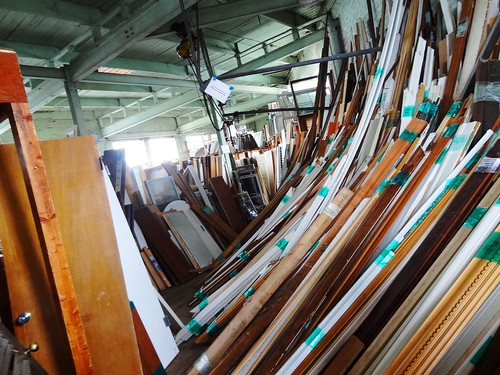
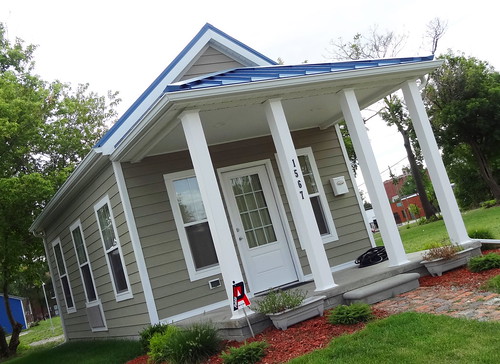
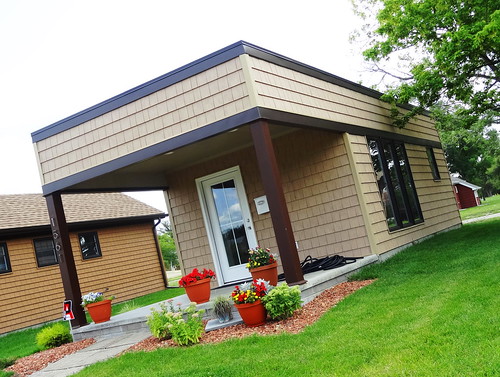
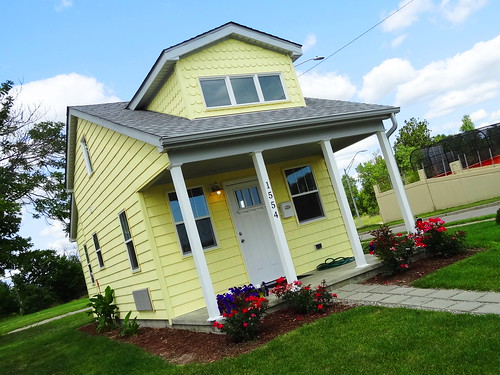
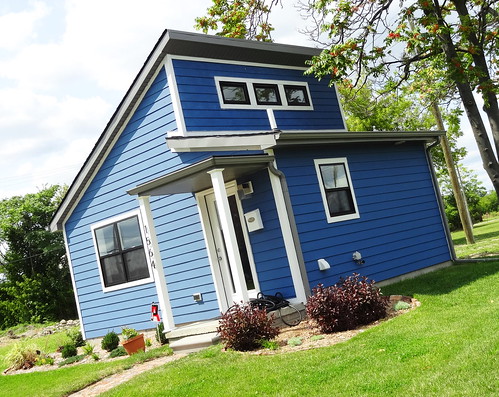

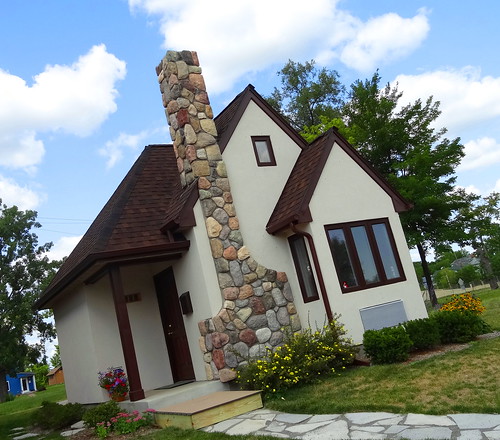
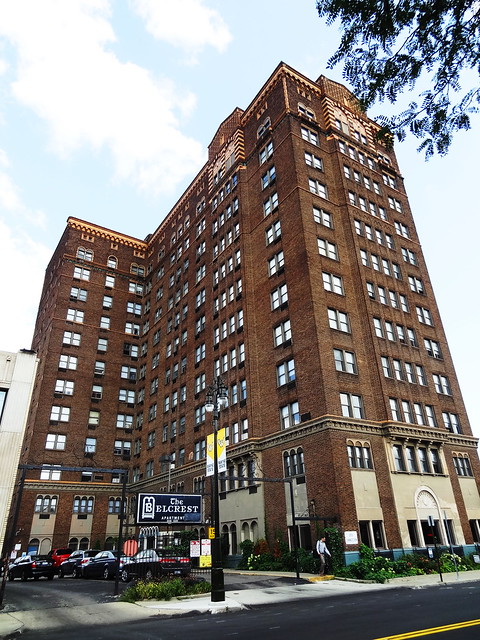 </a
</a